In four days, we have another Residential Treatment Team Meeting for our youngest adopted daughter with Reactive Attachment Disorder (RAD), PTSD, Anxiety, ADHD, Autism, and a mood disorder.
I dread this meeting every month.
Her treatment team shares behavior counts for the last 30 days, which are always incredibly high.
The numbers themselves aren't shocking or surprising.
It's the anxiety, fear, and instant trauma response that take over every time I hear them read that cripples me.
A caregiver's fears when raising a child with RAD are real!
Last month's residential behavior counts were so high.
What is a mother to think about these numbers?
How does a mother respond?
Any and every response is usually going to be based on fear.
Warning: This post is about behaviors related to Reactive Attachment Disorder and may be triggering to some.
Important: Children with RAD are victims. It is our goal to support healthy and loving families where children with RAD can heal, if possible.
The Worst Cases of Reactive Attachment Disorder
That fear is so very real!
Fears of a Caregiver of a Child with Reactive Attachment Disorder
1. I fear that I won't ever be enough for my child with Reactive Attachment Disorder (RAD).
2. I fear that others aren't taking care of my child with Reactive Attachment Disorder appropriately.
- The caregiver extends unconditional love.
- The child can't trust caregiver and pushes back hard, sometimes in dangerous ways, other times provoking caregivers.
- The caregiver responds to behaviors in a negative way, at times similar to the child's original abuser.
- The child with RAD's brain confirms that she cannot trust others.
3. I fear my child will be kicked out of a program and I will be left to deal with behaviors, putting my family and myself at risk.
4. I fear I will be charged with endangering the welfare of my other children, when caring for a child with Reactive Attachment Disorder due to the severe behaviors that go along with that.
5. I fear I will be charged with abandonment or abuse when trying to protect myself, spouse, and other children from my child with Reactive Attachment Disorder.
6. I fear that my child with Reactive Attachment Disorder will lie about caregivers in the home, causing false accusations and charges against us.
7. I fear that my child with Reactive Attachment Disorder will severely harm a person in the home to the point that the person is unable to recover.
8. I fear that my child with Reactive Attachment Disorder will severely harm herself to the point that effects are permanent.
9. I fear that my child with Reactive Attachment Disorder will destroy our home in significant ways.
10. I fear that insurance won't pay for the help my child with Reactive Attachment Disorder desperately needs.
How to Cope with Fear as a Caregiver of a Child with Reactive Attachment Disorder
- Create a system of checks and balances for yourself as a caregiver.
- Form back up plans for when everything goes wrong.
- Seek help and support for yourself through mental health therapy.
- Set boundaries for yourself regarding how you will advocate for your child.
- Create a healthy support system for you and your child.
- Prepare the home environment for safety, emergencies, and possible destruction of property.
- Create safety plans and plan for next steps after they've been broken.
- Set up a plan to save money for times when expenses are high.


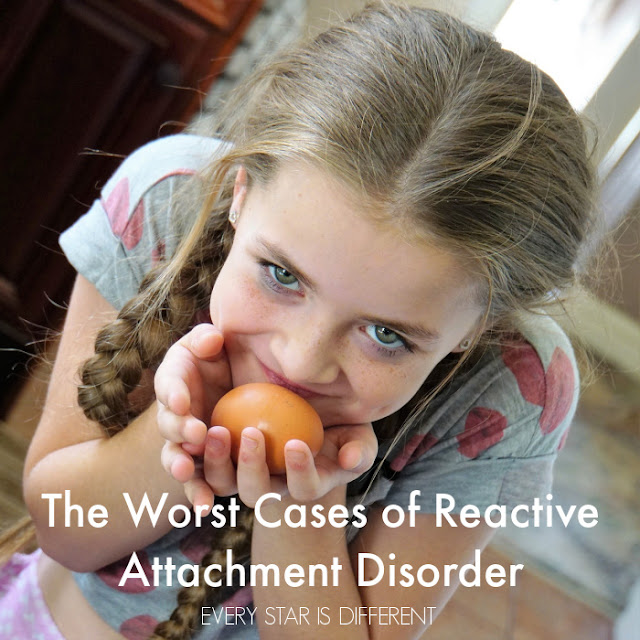

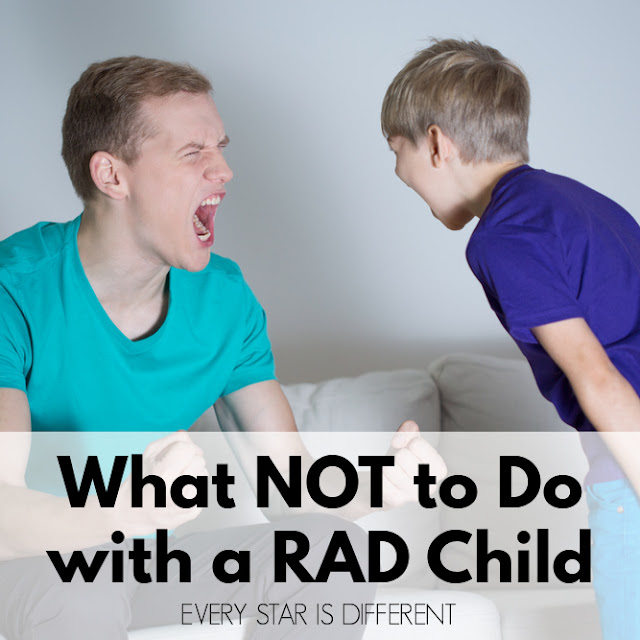


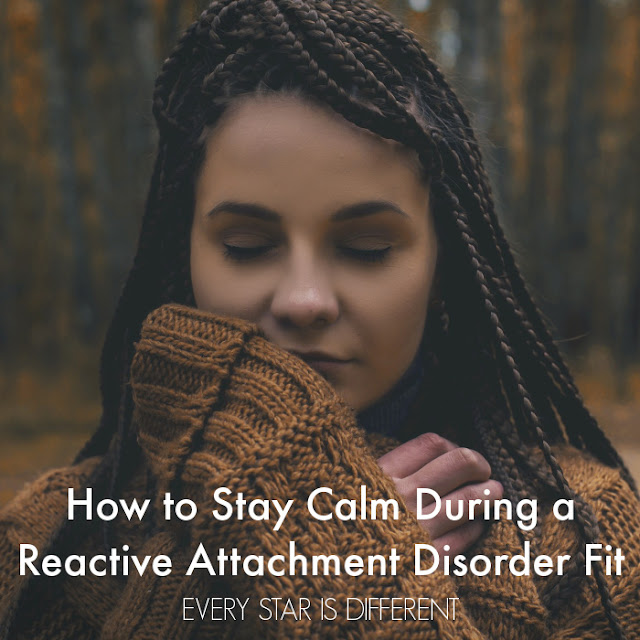
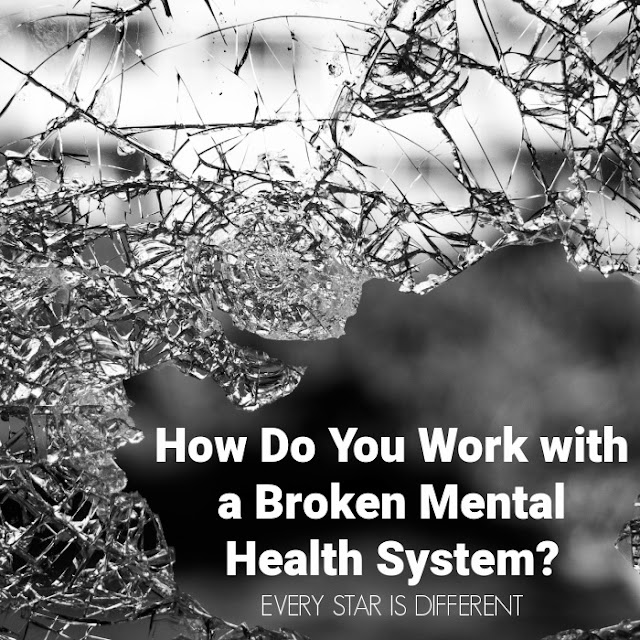

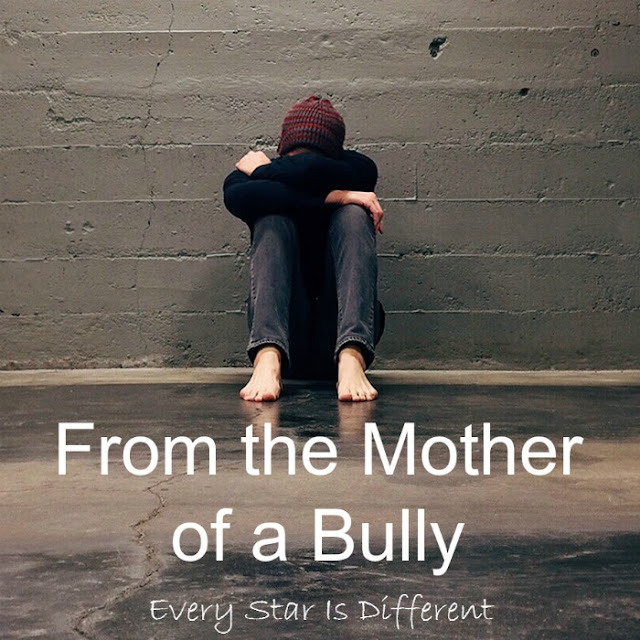








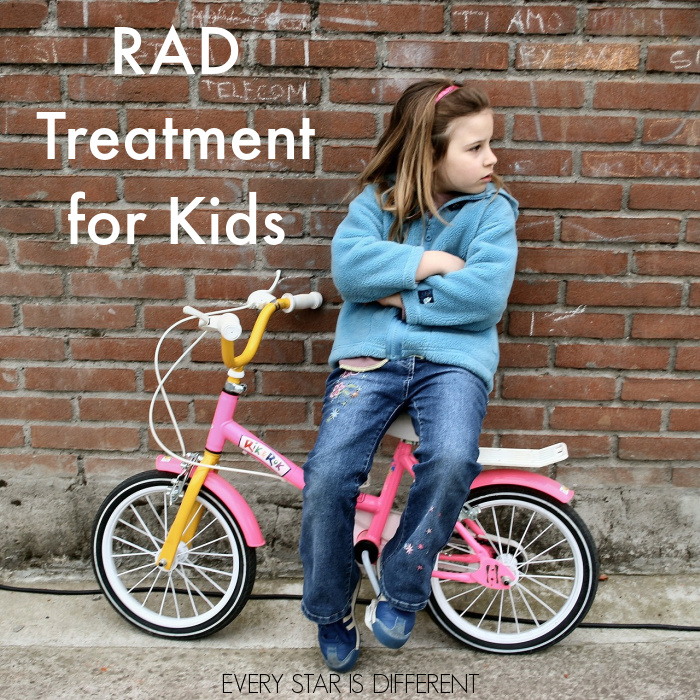





.jpg)
No comments:
Post a Comment